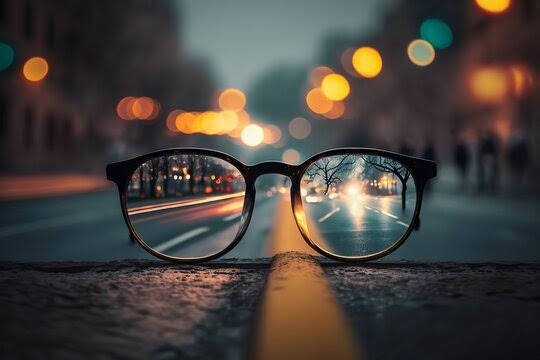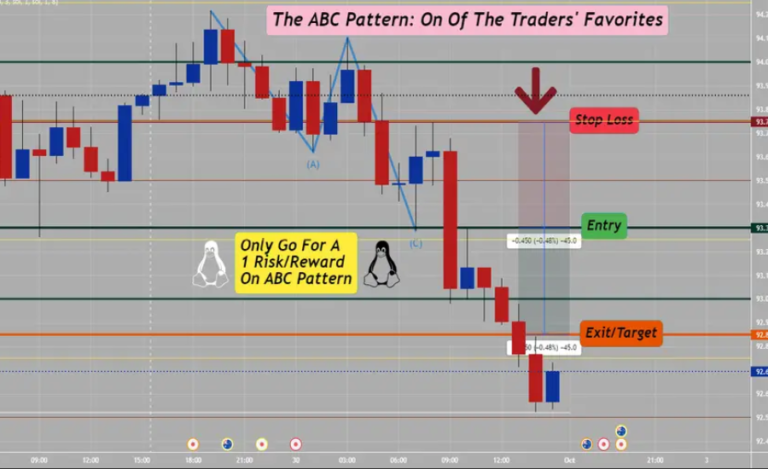How Eyes See at Day and Night?
Have you ever wondered how your eyes adapt to light and darkness? Find out how your eyes adjust to different lighting conditions and why you need to protect them during the day.
Our eyes are remarkable organs, capable of adapting to various lighting conditions, allowing us to see during both the day and night. This ability to see in different environments is something most of us take for granted, but the science behind how our eyes work in these conditions is fascinating. Have you ever wondered why you can see so clearly during the day but struggle at night, or why your eyes take a few moments to adjust when you walk from a bright outdoor area into a dark room?
In this blog, we’ll explain how your eyes manage to provide clear vision in different lighting conditions and why protecting your eyes during the day is essential—especially in places like Dubai, where the sun can be extremely harsh. Plus, if you’re in the market for high-quality sunglasses that offer excellent eye protection and style, Adasat has a fantastic selection of men sunglasses brands that combine functionality and fashion.
The Structure of the Eye and Its Role in Vision
Before diving into how we see in light and darkness, let’s take a quick look at the structure of the eye. Our eyes work much like a camera. Light enters through the cornea, passes through the lens, and hits the retina at the back of the eye. The retina is filled with light-sensitive cells known as photoreceptors, which convert light into electrical signals. These signals are then sent to the brain through the optic nerve, where they are processed into the images we see.
There are two main types of photoreceptors in the retina:
- Rods: These are responsible for vision in low-light conditions. Rods are incredibly sensitive to light and allow us to see in dim environments, but they do not detect color.
- Cones: Cones are active in bright light and are responsible for detecting color and providing sharp, detailed vision.
Let’s explore how these photoreceptors work differently during the day and night.
How Eyes See During the Day?
During the day, your eyes rely primarily on the cones in your retina. Cones are responsible for color vision and allow you to see fine details with clarity. In bright conditions, such as Dubai’s sunny outdoor environment, your cones are fully activated, allowing you to see vivid colors and sharp images.
In addition to the cones, another part of the eye called the iris plays a crucial role in vision during the day. The iris controls the size of the pupil, which is the black circular opening in the center of your eye. When you’re exposed to bright light, the iris contracts, making the pupil smaller to limit the amount of light entering the eye. This helps prevent the retina from being overwhelmed by too much light and protects your photoreceptors from damage.
However, while your eyes are designed to handle bright light, prolonged exposure to intense sunlight can still cause damage. This is especially true in places like Dubai, where the sun is extremely strong throughout the year. UV rays from the sun can cause long-term harm to your eyes, including conditions like cataracts and macular degeneration. That’s why it’s essential to wear sunglasses during the day to protect your eyes.
The Importance of Sunglasses for Daytime Eye Protection
In a bright, sunny city like Dubai, sunglasses are more than just a fashion accessory—they’re essential for protecting your eyes from harmful UV rays. Sunglasses with UV protection help block the sun’s rays, reducing the risk of long-term eye damage. Additionally, high-quality lenses reduce glare and improve your visual comfort when you’re outdoors.
When choosing sunglasses, look for lenses that offer 100% UVA and UVB protection. Polarized lenses are also a great option as they reduce glare, making it easier to see clearly, especially around water or when driving.
Visit Adasat.com and you will find a great variety of stylish and durable sunglasses from top brands like Gucci, Tom Ford, Adidas, and Okulo. These brands not only offer excellent protection but also ensure you look great while keeping your eyes safe.
How Eyes See at Night?
When the sun goes down, your eyes switch from relying on cones to depending more on the rods in your retina. Rods are much more sensitive to low light than cones, which is why they allow you to see in dim environments. However, there’s a trade-off: rods don’t detect color, which is why your night vision is in shades of gray rather than in vibrant colors like you see during the day.
At night, your pupils dilate (enlarge) to let in as much light as possible. This allows more light to reach the retina, helping your rods to detect the small amount of available light. However, even with the help of rods, seeing in the dark is not as sharp or detailed as seeing in daylight. This is why you may struggle to read or make out small details in low light.
The transition from light to darkness isn’t instantaneous. When you walk from a bright area into a dark room, your eyes take some time to adjust. This process is called dark adaptation. It can take anywhere from 20 to 30 minutes for your eyes to fully adapt to the dark as your rods become more active and your pupils dilate to allow in more light.
Common Issues with Night Vision
While our eyes are equipped to handle low light, some people experience problems with their night vision. Conditions such as night blindness (nyctalopia) can make it difficult to see in low light or at night. Night blindness can be caused by a variety of factors, including vitamin A deficiency, cataracts, or even certain medications.
If you notice that your night vision isn’t as good as it used to be, or if you experience difficulty driving at night, it’s important to visit an eye care professional to determine the cause.
Protecting Your Eyes at Day and Night
While night vision issues can be concerning, daytime exposure to bright sunlight can be just as harmful to your eyes. That’s why it’s crucial to protect your eyes whenever you’re outdoors in the sun. Wearing sunglasses during the day can significantly reduce your risk of developing eye conditions caused by UV exposure.
In addition to wearing sunglasses, it’s also important to give your eyes a break from time to time. Prolonged exposure to bright light can cause eye strain, headaches, and even fatigue. Taking regular breaks, especially when spending extended periods outdoors, can help reduce the strain on your eyes.
Find the Best Men’s Sunglasses Brands at Adasat
Whether you’re looking to protect your eyes from the harsh Dubai sun or simply want a stylish pair of sunglasses, Adasat has you covered. They offer a wide range of sunglasses from some of the top men sunglasses brands, including Gucci, Tom Ford, Adidas, and Okulo.
These brands are known for their high-quality craftsmanship, durable materials, and superior UV protection, making them the perfect choice for anyone who spends time outdoors. Whether you need sunglasses for sports, beach outings, or everyday wear, Adasat’s collection has something for every style and need.






